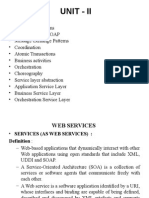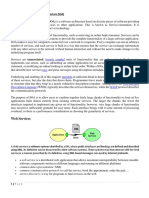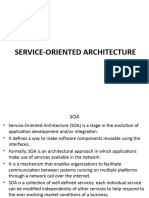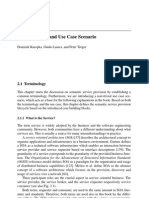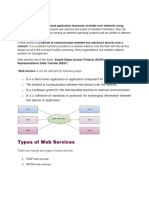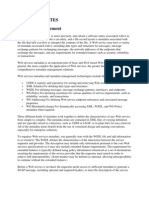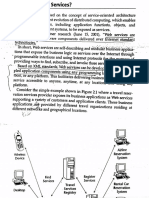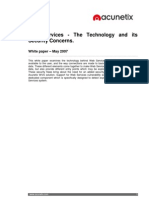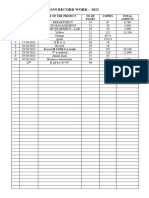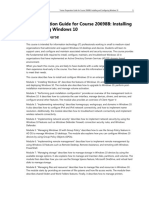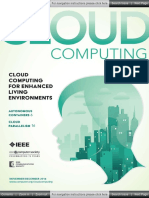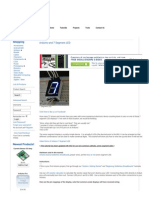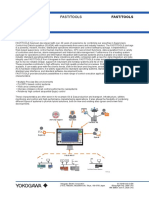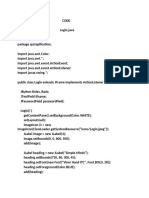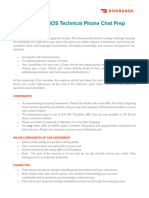0% found this document useful (0 votes)
34 views27 pagesUnit II
Unit II discusses the foundational concepts of Web Services and Primitive SOA, emphasizing the importance of the Web services framework, which includes service descriptions, messaging, and communication agreements. It categorizes Web services into roles such as service providers, service requestors, and intermediaries, and introduces service models like business, utility, and controller services. The chapter also highlights the significance of WSDL in enabling loose coupling between services and outlines the structure of service descriptions.
Uploaded by
Sachin chinnuCopyright
© © All Rights Reserved
We take content rights seriously. If you suspect this is your content, claim it here.
Available Formats
Download as DOCX, PDF, TXT or read online on Scribd
0% found this document useful (0 votes)
34 views27 pagesUnit II
Unit II discusses the foundational concepts of Web Services and Primitive SOA, emphasizing the importance of the Web services framework, which includes service descriptions, messaging, and communication agreements. It categorizes Web services into roles such as service providers, service requestors, and intermediaries, and introduces service models like business, utility, and controller services. The chapter also highlights the significance of WSDL in enabling loose coupling between services and outlines the structure of service descriptions.
Uploaded by
Sachin chinnuCopyright
© © All Rights Reserved
We take content rights seriously. If you suspect this is your content, claim it here.
Available Formats
Download as DOCX, PDF, TXT or read online on Scribd
/ 27


